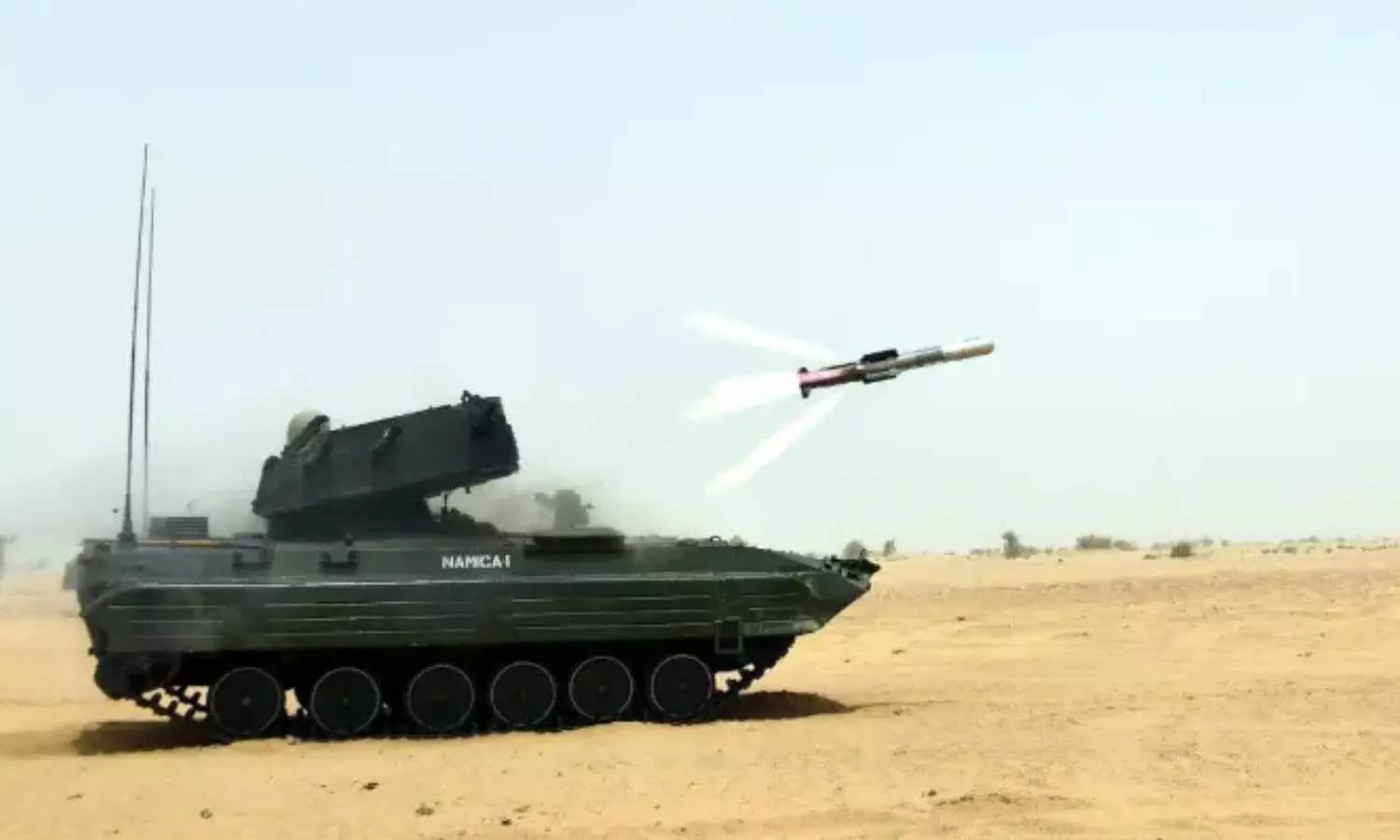Wars boost 2025’s global defence deals
2025 sees a surge in global defense deals fueled by geopolitical tensions—from NATO’s major spending pledge to booming Asian arms purchases and historic Europe-North America partnerships.
Wars boost 2025’s global defence deals

Global military expenditure increased to $2718 billion in 2024, the 10th year of consecutive rises. The world’s 15 largest spenders in 2024 all increased their military expenditure. The global military burden—the share of global gross domestic product (GDP) devoted to military expenditure—increased to 2.5 per cent in 2024.
‘Over 100 countries around the world raised their military spending in 2024. As governments increasingly prioritize military security, often at the expense of other budget areas.
Military spending in Europe (including Russia) rose by 17 per cent to $693 billion and was the main contributor to the global increase in 2024. With the war in Ukraine in its third year, military expenditure kept rising across the continent, pushing European military spending beyond the level recorded at the end of the cold war. All European countries increased their military spending in 2024 except Malta.
Russia’s military expenditure reached an estimated $149 billion in 2024, a 38 per cent increase from 2023 and double the level in 2015. This represented 7.1 per cent of Russia’s GDP and 19 per cent of all Russian government spending. Ukraine’s total military expenditure grew by 2.9 per cent to reach $64.7 billion—equivalent to 43 per cent of Russia’s spending. At 34 per cent of GDP, Ukraine had the largest military burden of any country in 2024.
The United States and Saudi Arabia finalized a significant defense deal potentially worth $142 billion, making it the largest defense cooperation agreement in US history. This deal, signed during a visit by the US President to Riyadh, involves over a dozen US defense companies and covers various areas like air and missile defense, air force and space advancement, maritime security, and communications, according to a White House fact sheet.
India remains a major importer of arms, particularly from Russia and France. While India's reliance on Russian arms has decreased over time, major contracts with France, including the Rafale fighter jets and Scorpene-class submarines, continue. The report also highlights India's increasing focus on maritime security and deterrence against China, as well as its emphasis on technological self-reliance in defense production.
Israel’s military expenditure surged by 65 per cent to $46.5 billion in 2024, the steepest annual increase since the Six-Day War in 1967, as it continued to wage war in Gaza and escalated conflict with Hezbollah in southern Lebanon. Its military burden rose to 8.8 per cent of GDP, the second highest in the world. Lebanon’s military spending rose by 58 per cent in 2024 to $635 million, after several years of lower spending due to economic crisis and political turmoil.
Nearly all of the nine nuclear-armed states—the United States, Russia, the United Kingdom, France, China, India, Pakistan, the Democratic People’s Republic of Korea (North Korea) and Israel—continued intensive nuclear modernization programmes in 2024, upgrading existing weapons and adding newer versions.
Several significant defense deals are currently in progress or have recently concluded. India recently signed a deal with France for 26 Rafale Marine fighter jets and is also finalizing a Scorpene submarine deal. Additionally, India is expecting the delivery of the remaining S-400 air defense systems from Russia.
Amid this global flux, India is no longer watching from the sidelines. It's actively reshaping its defence narrative, from a net importer to an emerging exporter and co-developer.
India’s defence exports rose 12% year-on-year to $2.76 billion, covering patrol vessels, radars, drones, and missiles.
The EU launched a joint €150 billion weapons fund. And quietly, India shipped a fresh batch of BrahMos cruise missiles to the Philippines and opened a factory to make 100 more every year.
India, meanwhile, has emerged as a key supplier: the Philippines received its second batch of BrahMos missiles in April, while Vietnam is in talks for a $700 million deal to bolster its South China Sea defences.
Reliance Defence and Diehl Defence have signed a ₹10,000 crore agreement to manufacture the Vulcano 155mm precision-guided munition system in India. This strategic partnership will establish a new manufacturing facility in Ratnagiri, Maharashtra, and aims to strengthen India's defense capabilities and promote self-reliance in ammunition production. The deal is expected to generate ₹10,000 crore in revenue and boost India's defense export ambitions.
From Europe’s bid to arm itself independently, to Asia’s quiet recalibration away from traditional alliances, and the Middle East’s record-breaking spree, the global arms bazaar is in full swing. In this race, India isn’t just keeping pace, it’s carving out a seat at the table, not as a client, but increasingly as a credible supplier.

